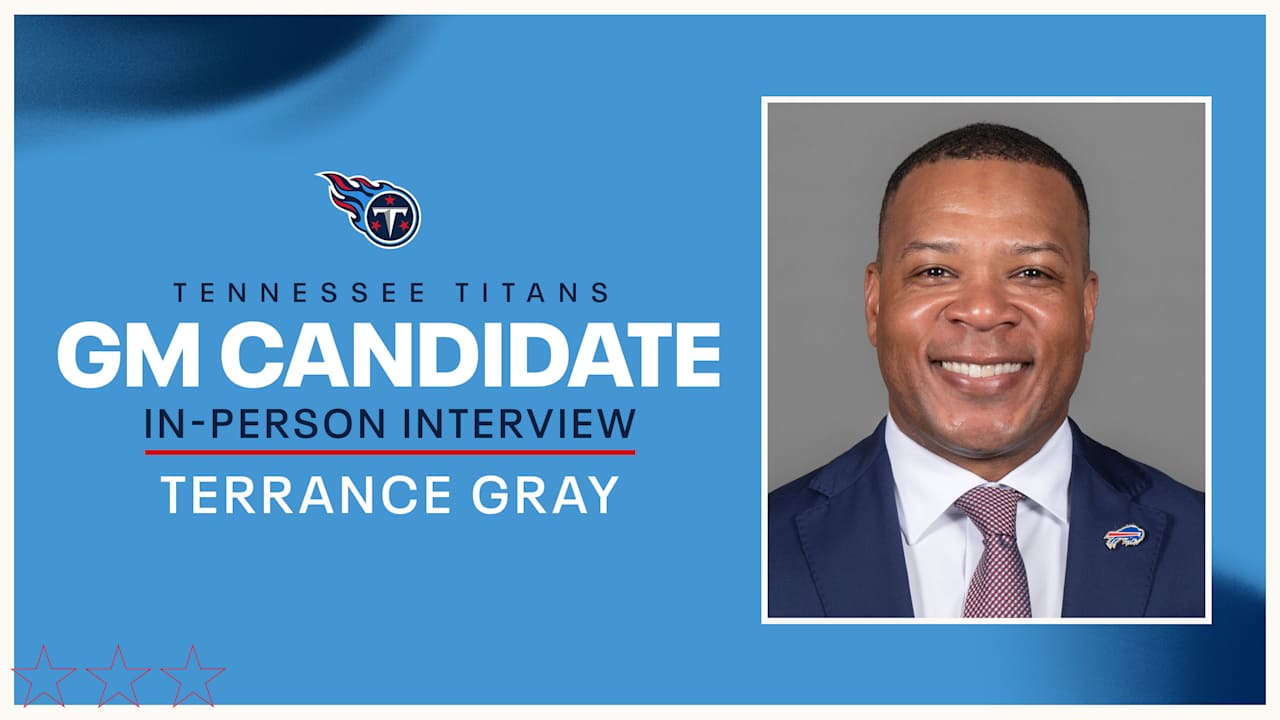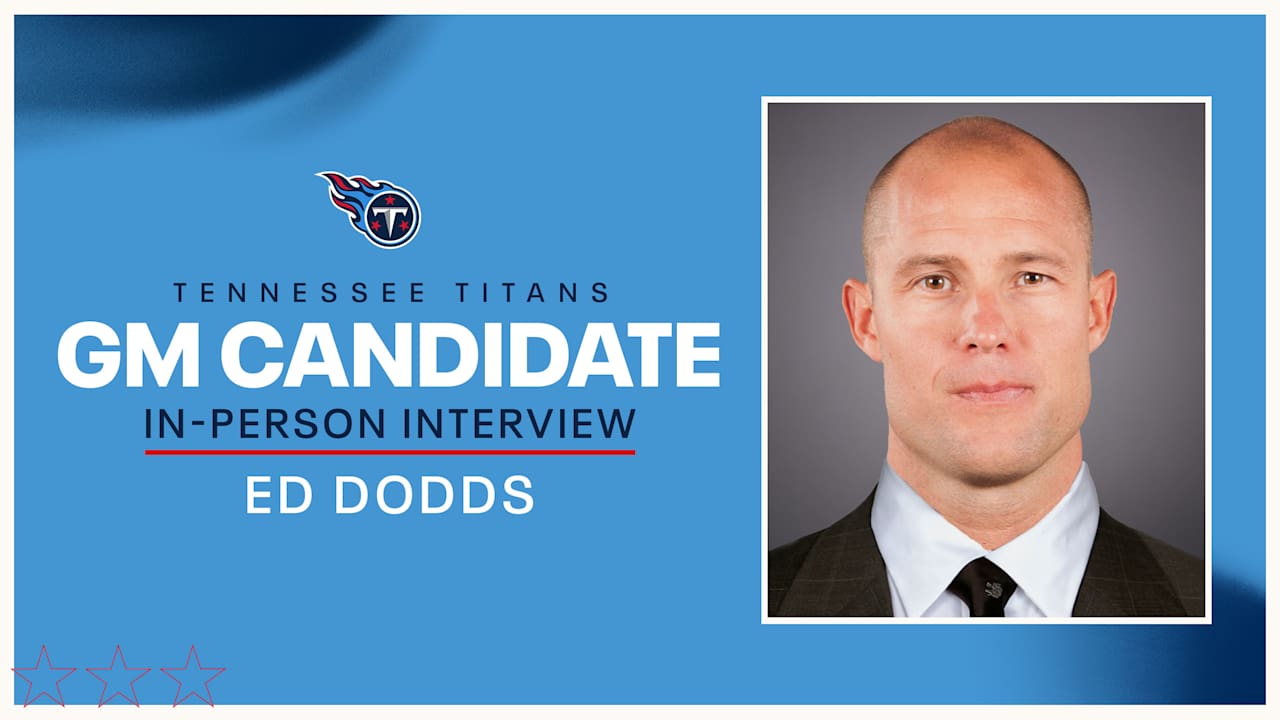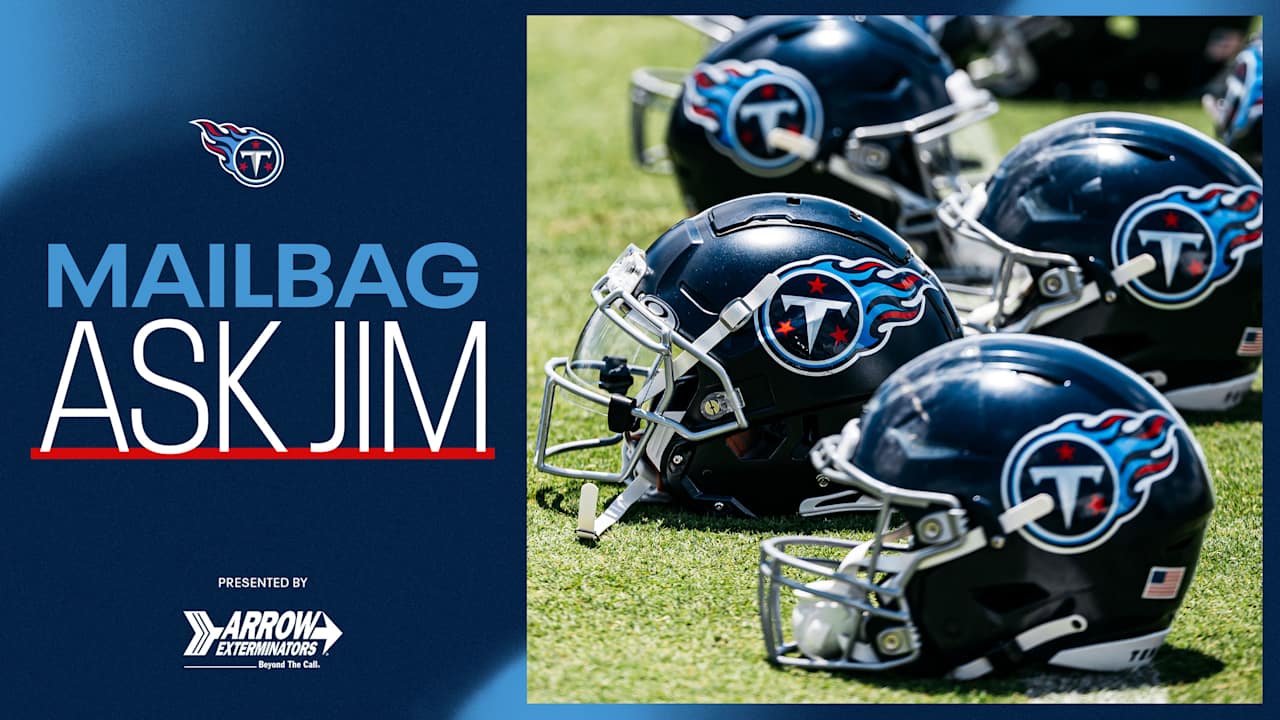Forever No. 1 is a Billboard series that pays special tribute to the recently deceased artists who achieved the highest honor our charts have to offer — a Billboard Hot 100 No. 1 single — by taking an extended look back at the chart-topping songs that made them part of this exclusive club. Here, we honor the late Sinead O’Connor with a look back at her lone No. 1: “Nothing Compares 2 U,” a timeless pop peak at the center of one of the most unusual before-and-after careers in popular music history.
Plenty of artists — plenty of great artists, even — have only one major Billboard Hot 100 hit over the course of their careers. But few, if any, one-hit-wonder stories have ever gone quite like Sinead O’Connor and “Nothing Compares 2 U.” After becoming a critic’s darling and college radio fixture at the end of the ’80s, she pole-vaulted into the top 40 with “Compares,” a Prince-penned cover that was both unanimously acclaimed and overwhelmingly popular, showcasing the enormity of O’Connor’s talent while not being particularly representative of her sound or artistry. And then, just as quickly and spectacularly as she entered the mainstream, she exited it, with a series of creative, personal and political decisions that all but ensured she would never score a hit anywhere near that size again.
While “Compares” bears an unfortunately outsized proportion of the public’s memory of the extraordinary O’Connor today, it also remains one of the most brilliant musical moments of the early ’90s — a song that stands alone, both within her catalog and within all popular music, as without obvious peer or precedent. The number of “greatest” lists it can claim a rightful place on is significant: greatest ’90s songs, greatest covers, greatest breakup songs, greatest music videos. And yet, the fact that O’Connor (who died on Wednesday at age 56) never matched it again — never even tried to — is ultimately more blessing than curse, allowing a singular artist who was never meant for compromise to continue to operate her career (and life) outside of the trappings of the unlikely pop stardom that “Compares” brought her in 1990.
“Nothing Compares 2 U” was written and first demoed by Prince in 1984 — busy year for the man — and inspired, according to his longtime engineer Susan Rogers, by the departure of his housekeeper Sandy Scipioni. (The fact that the seemingly despairing love song was actually inspired by a non-romantic relationship was “probably why he felt comfortable giving the song away,” Rogers theorized.) Give the song away he did, as the first version appeared as an album cut on the 1985 self-titled debut of The Family, a Prince-formed outfit spawned from the splintering of his prior collaborators The Time. The song was suggested to O’Connor as a cover possibility by Fachtna O’Ceallaigh, her friend and manager who she had also been dating. (O’Connor’s relationship with Prince himself was contentious, and in her 2021 memoirs Remberings, she accused him of behaving violently during their one meeting; the Nelson estate would later block usage of her version of the song in the 2022 Nothing Compares documentary about O’Connor.)
O’Ceallaigh and O’Connor’s romantic relationship was disintegrating around the recording of “Compares,” which many involved credit as the reason her vocal take on the song comes off as so raw and visceral. (“She came into the studio, did it in one take, double-tracked it straight away and it was perfect because she was totally into the song,” engineer Chris Birkett told Sound on Sound. “It mirrored her situation.”) The combination of O’Connor’s alternately mighty and fragile delivery and Prince’s typically vivid and right-brained songwriting made the song indelible from its sighing opening lines — “It’s been seven hours and fifteen days/ Since you took your love away” — and pierces through with the unpredictable bends O’Connor’s vocal takes it through on each verse (“I can eat my dinner in a fancy REST-AU-RAAAAANT,” “I went to the doctor, and guess what he told me, GUESS what he told me”).
It helped O’Connor’s version that The Family’s left clear room for improvement. The arrangement of the original was both too sparse and too busy, lacking in drums and guitars, but still smothered by claustrophobic-sounding keyboards and over-pronounced “oh-oh-oh-oh” backing vocals. And that version’s chorus arrives like an anti-climax: just the title sung twice, without much adornment. With help from Soul II Soul maestro Nelle Hooper, O’Connor’s version instead gets a sturdy but unobtrusive drum shuffle to anchor it, turns down the “ah-ah-ah-ah” backing vocals to a gentle exhale, and smooths the blanketing synths into a soft pillow for her to cry on. And O’Connor’s vocal adds punctuation to a hook that badly needs it: she spikes the final syllable of her second “no-THING!” insistence, and chokes out a rushed “…to you….” like she can feel the knife twist in her heart as she says it.
It also helped, at least in a commercial sense, that the start of the ’90s was essentially ballad-central times for pop music on top 40 radio. The year started off with back-to-back ballads at No. 1 — Phil Collins’ “Another Day in Paradise” and Michael Bolton’s “How Am I Supposed to Live Without You” — and racked up double-digits’ worth by year’s end: Taylor Dayne’s “Love Will Lead You Back,” Mariah Carey’s “Vision of Love” (and “Love Takes Time”), Roxette’s “It Must Have Been Love,” the list goes on and on. “Compares” in particular built from the success of two No. 1 ballads from the end of the ’80s: George Michael’s “One More Try,” whose opening synth washes are a near-dead ringer for “Compares,” and Martika’s “Toy Soldiers,” another moody slow song with booming drums and a volatile vocal — sung by another ’90s Prince collaborator, no less. (Top 40 was also becoming increasingly hospitable to crossover hits by artists from the alt world, as demonstrated by major pop crossovers scored in the prior few years by U2, R.E.M., The B-52’s and The Cure.)
But what really put O’Connor’s “Compares” over the top, both artistically and commercially, was the accompanying video, directed by John Maybury as a sort of impressionistic painting come to life. In it, shots of a hazy Parc de Saint-Cloud are cut with uncomfortably close close-ups of a lip-syncing O’Connor, looking almost like a disembodied head in her black turtleneck, filmed against a dark backdrop. The entire thing feels like a painful, distant memory — and O’Connor makes the hurt particularly palpable in the third verse, when her eyes begin to well up, with tears streaming down her face by the start of the final chorus. (She’s since explained that the tears were genuine — inspired not by any breakup-related memories, but thoughts of her then-recently passed mother, brought about by the “all the flowers that you planted, Mama, in the backyard/ all died when you went away” lyric — and watching, they certainly felt it.)

The combination of top 40 readiness and instant MTV iconicity made “Nothing Compares 2 U” a quickly undeniable sensation. The song debuted on the Hot 100 at No. 63 in March of 1990, and five weeks later, it replaced Tommy Page’s “I’ll Be Your Everything” (another ballad, natch) atop the Hot 100 dated April 21 — a jaw-droppingly rapid ascent for the time period, especially for an artist with no prior history on the chart. It stayed on top for four weeks, tied with “Vision of Love” and Stevie B’s “Because I Love You (The Postman Song)” for the longest-running No. 1 of the year, before being replaced by Madonna’s “Vogue” (a rare club-friendly No. 1 for the year). “Compares” would make history at that year’s MTV Video Music Awards, becoming the first video from a female artist to win video of the year, and was also nominated for record of the year at the 1991 Grammys, losing to “Another Day in Paradise.”
In the meantime, the song’s parent album — I Do Not Want What I Haven’t Got, O’Connor’s second LP — also topped the Billboard 200 albums chart, staying there for six weeks. But while the album was a stunning collection of protest songs, personal statements, relationship dissections and, well, “Compares,” there wasn’t a particularly obvious choice for a follow-up single. That was well-evidenced by the song her Chrysalis label ultimately went with: “The Emperor’s New Clothes,” an up-tempo number about O’Connor’s frustrations over being told what to do by family, friends and interested business partners after becoming a young mother and young industry sensation at nearly the same time. It had a fun groove and clever lyrics, but it also had difficult subject matter, no proper chorus, and a title that didn’t show up until the very last line of the song. Unsurprisingly, it stalled at No. 60 on the Hot 100.
More surprising was that she would never visit the chart again in her lifetime. Her discomfort at being part of the mainstream was quickly clear; in August of 1990, she refused to play a concert at New Jersey’s Garden State Arts Center if the venue followed its tradition of playing the National Anthem before shows; local backlash was immediate and Jersey icon Frank Sinatra threatened to “kick her in the ass.” The next year, she would refuse the Grammy she won for Haven’t Got — the first-ever Grammy for best alternative music album — while decrying the “false and destructive materialistic values” within the industry that she felt the ceremonies helped promote. Most famously, in 1992, she ripped up a picture of Pope John Paul II live on Saturday Night Live, stating “fight the real enemy” — a message she later clarified to be in protest of his purposeful ignorance regarding sexual abuse in the church. While such protests would likely receive support as well as backlash now, in the early ’90s O’Connor ended up getting it from both sides, targeted by the right as a heretic and agitator and mocked by the left as a kook.
O’Connor’s musical output was hardly any more likely to steady her stardom: In 1992, weeks before the SNL protest, she released Am I Not Your Girl?, a covers album of jazz and vocal pop and country standards, released at the height of grunge, R&B and house music. Compounded by her off-court controversies, the album underperformed, peaking at No. 27 on the Billboard 200 and spawning only minor alternative radio hit singles. She continued recording throughout the ’90s — returning to the top five on her Ireland home country’s singles chart with her 1994 Gavin Friday collab for the In the Name of the Father soundtrack, “You Made Me the Thief of Your Heart” — and remained productive in the ’00s, releasing four studio albums. But her time in the mainstream was over.
This was a loss that O’Connor cried no tears for, however. “I feel that having a No. 1 record derailed my career,” she wrote in her 2021 memoir, Rememberings, “and my tearing the photo put me back on the right track.” As she continued to record and perform up until the early 2020s, she believed that those who thought her career had gone off the rails in the early ’90s were focusing on the wrong track altogether: “They’re talking about the career they had in mind for me,” she told The Guardian that same year. “I f–ked up the house in Antigua that the record company dudes wanted to buy. I f–ked up their career, not mine.”
And though her relationship with the song that did “derail” her career has seen its bumps — she stopped performing it for a few years in the 2010s, explaining that she’d lost any emotional connection to it — and the hurt between her and the Purple One never healed, she always held tight onto her signature hit: “As far as I’m concerned,” she told the New York Times in 2021, “it’s my song.” It always will be.






